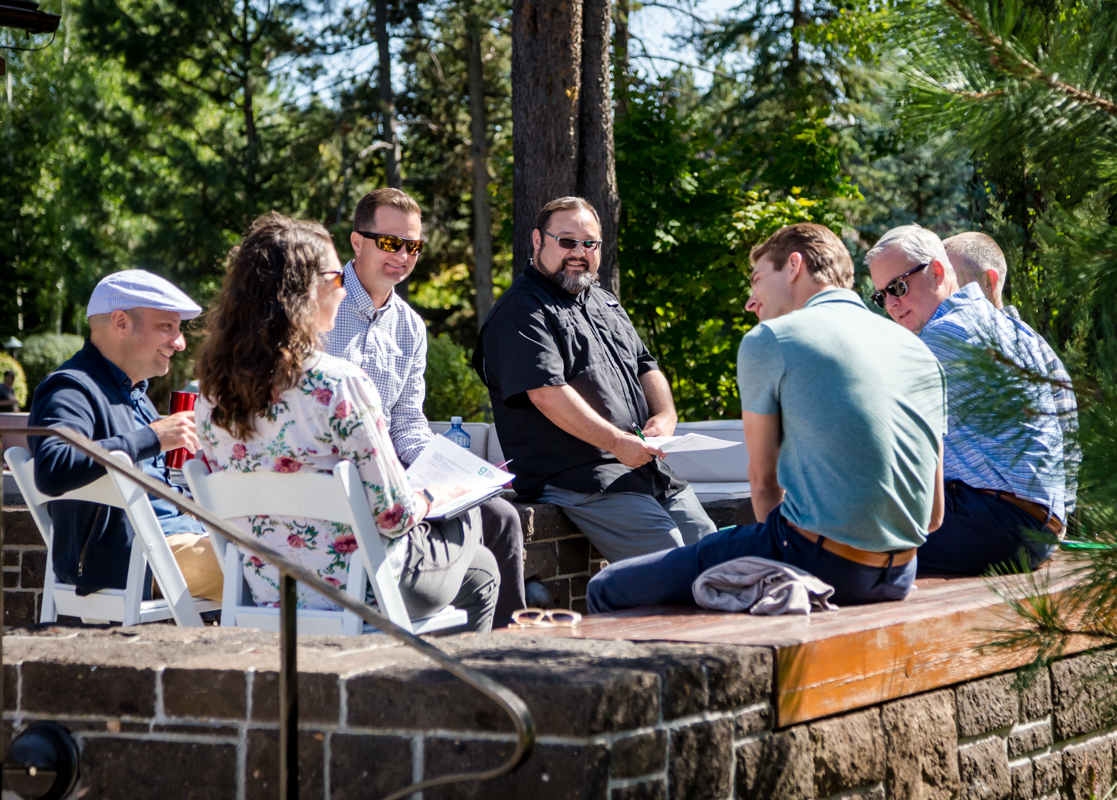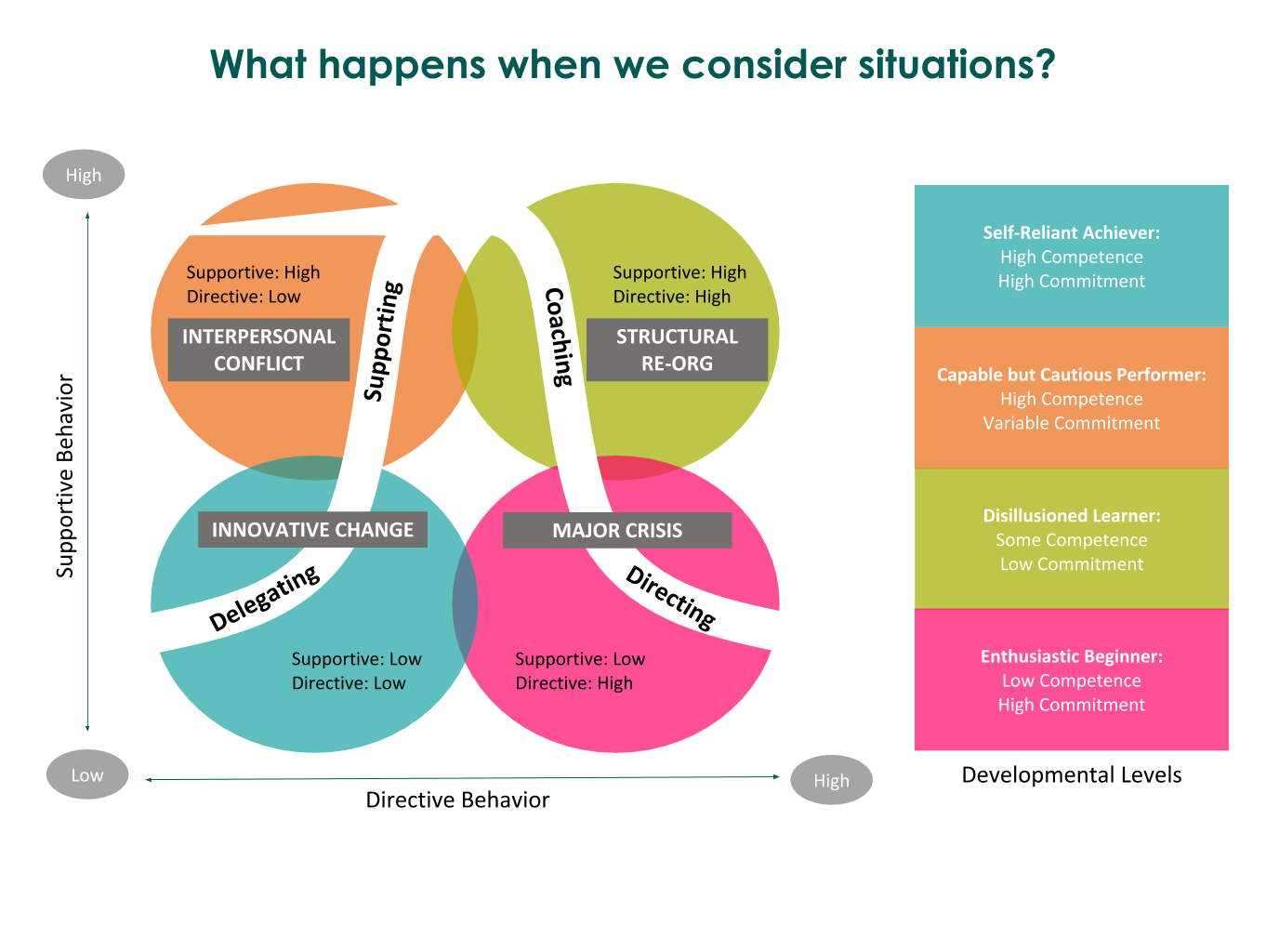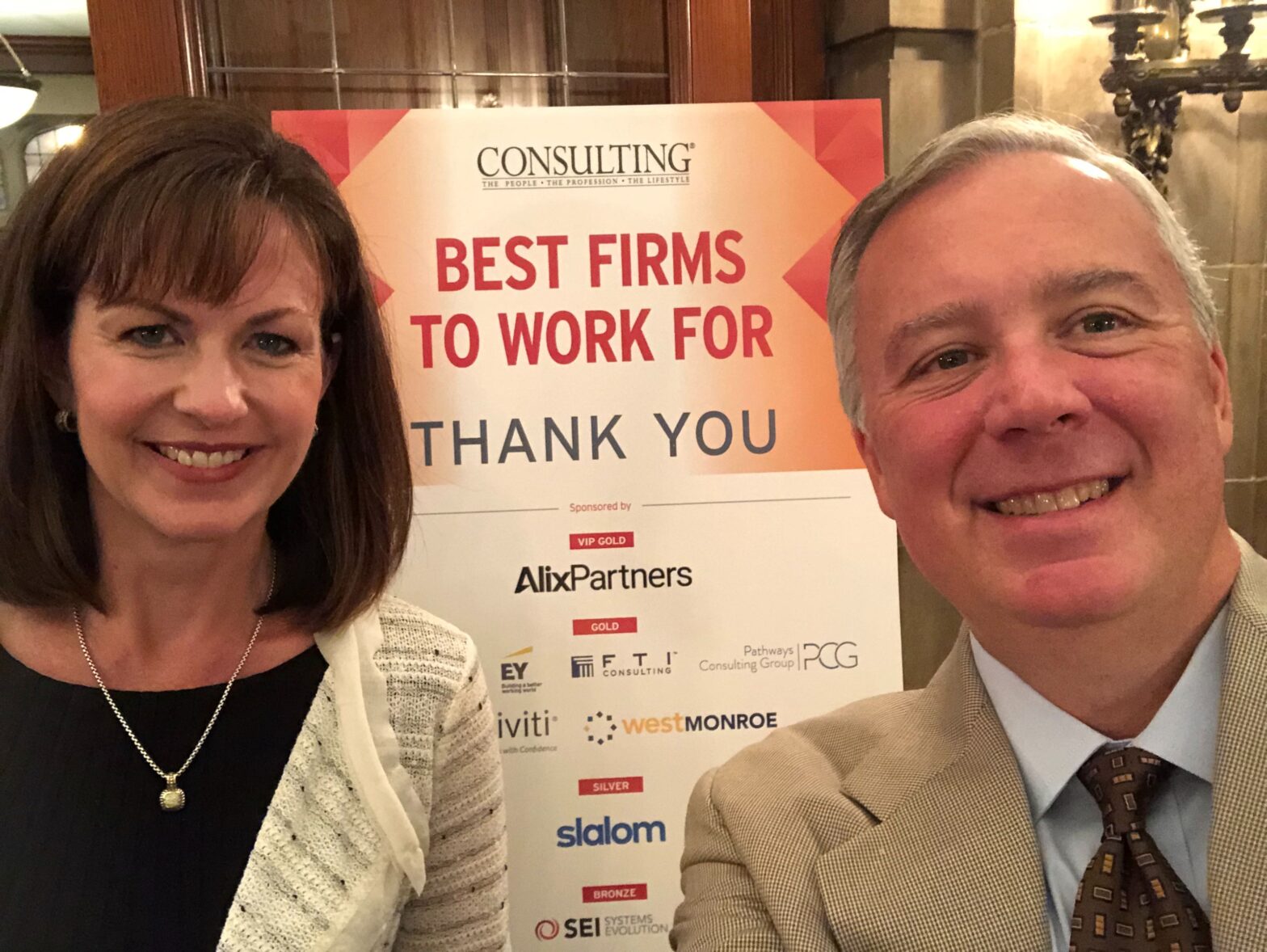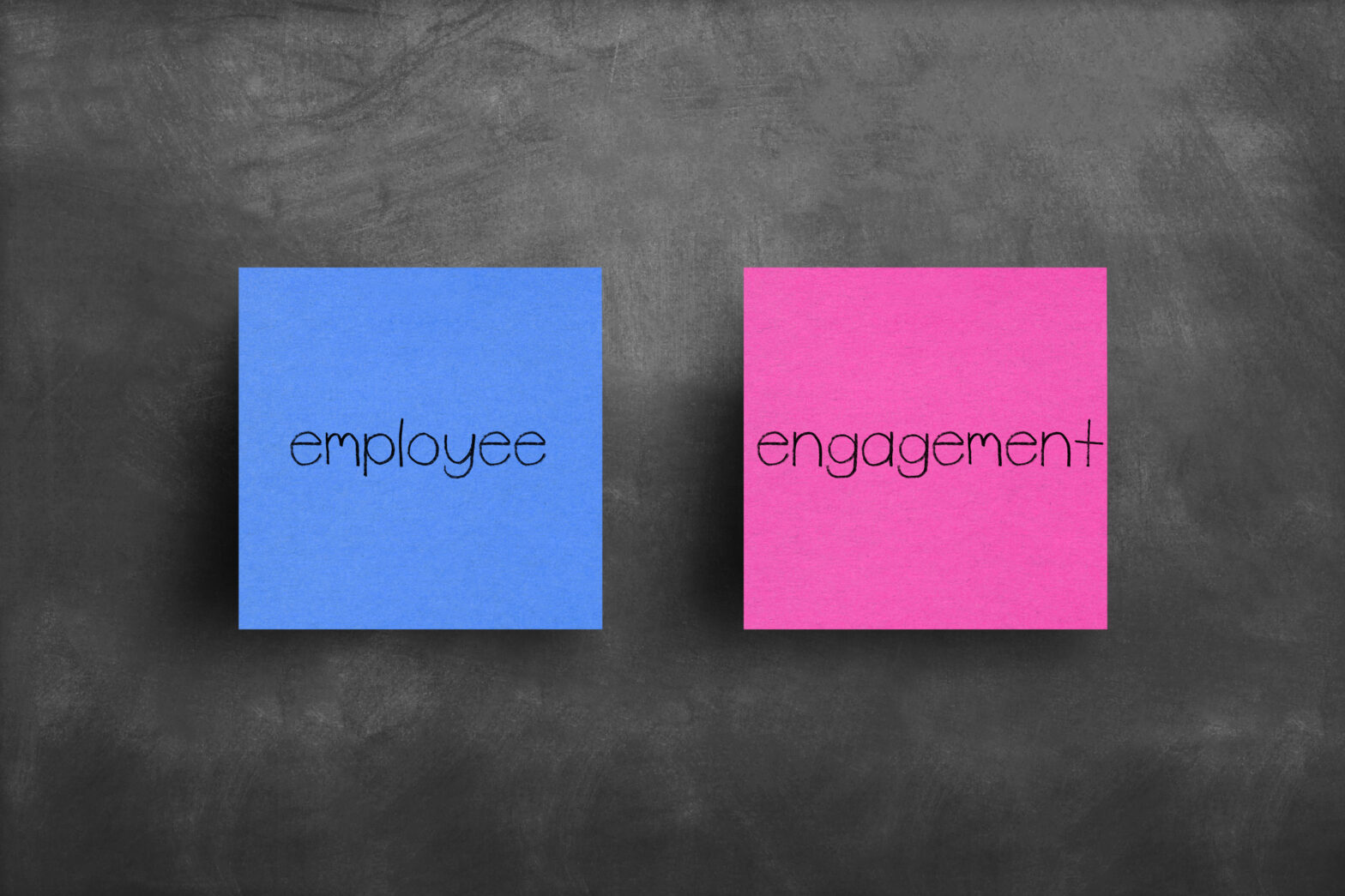Change management is the study of human behavior. Human beings hate change, yet change is unavoidable. As professionals in change management, we bring a people-centered approach to our work. This is undeniably good for business, as evidenced by a flourishing market of change management consultants and frameworks.
Tag Archives: Leadership
THE ADVENTURES OF A GENERALIST
At TGG, we’re generalists. Our consultants come from different backgrounds: some come from healthcare or finance, others come straight from the military or academia. Every consultant at TGG has a unique background, and we bring these backgrounds to our work, no matter the client or industry.
OUR NON-NEGOTIABLES: EMOTIONAL INTELLIGENCE
At the Gunter Group, we consider emotional intelligence essential for understanding and solving complex problems. In short, emotional intelligence is the ability to understand and manage emotions in yourself and others. For us, it’s about more than accurately reading and adapting to social cues, although this is an important part of EQ. It’s pulling from the depths of our intelligence, experience, and heart to show up fully for ourselves, each other, and our clients. It’s an approach that not only feels great but gets the best possible results.
SITUATIONAL LEADERSHIP
Our understanding of leadership must continually evolve to remain relevant and impactful in today’s business climate. One method of leadership that develops an ability to meet the ever-changing needs of an organization and its employees is called Situational Leadership.
TGG RANKED AS #4 BEST SMALL FIRM TO WORK FOR BY CONSULTING MAGAZINE
The Gunter Group was recognized as Consulting magazine’s #4 “Best Small Firm to Work For” in the nation.
EMPLOYEE ENGAGEMENT
If you could improve your company’s profits by 21%, reduce attrition by 24% to 59%, and improve your employees’ morale—all without significant cash outflow or investment—would you do it (1)? It is doubtful anyone would answer no to the above question, although that is what many are essentially doing when they don’t make employee engagement a priority in their organization.





